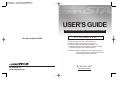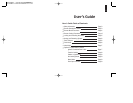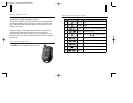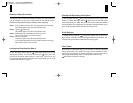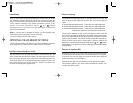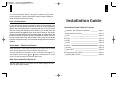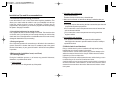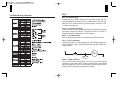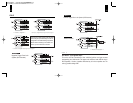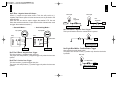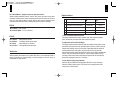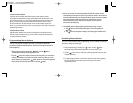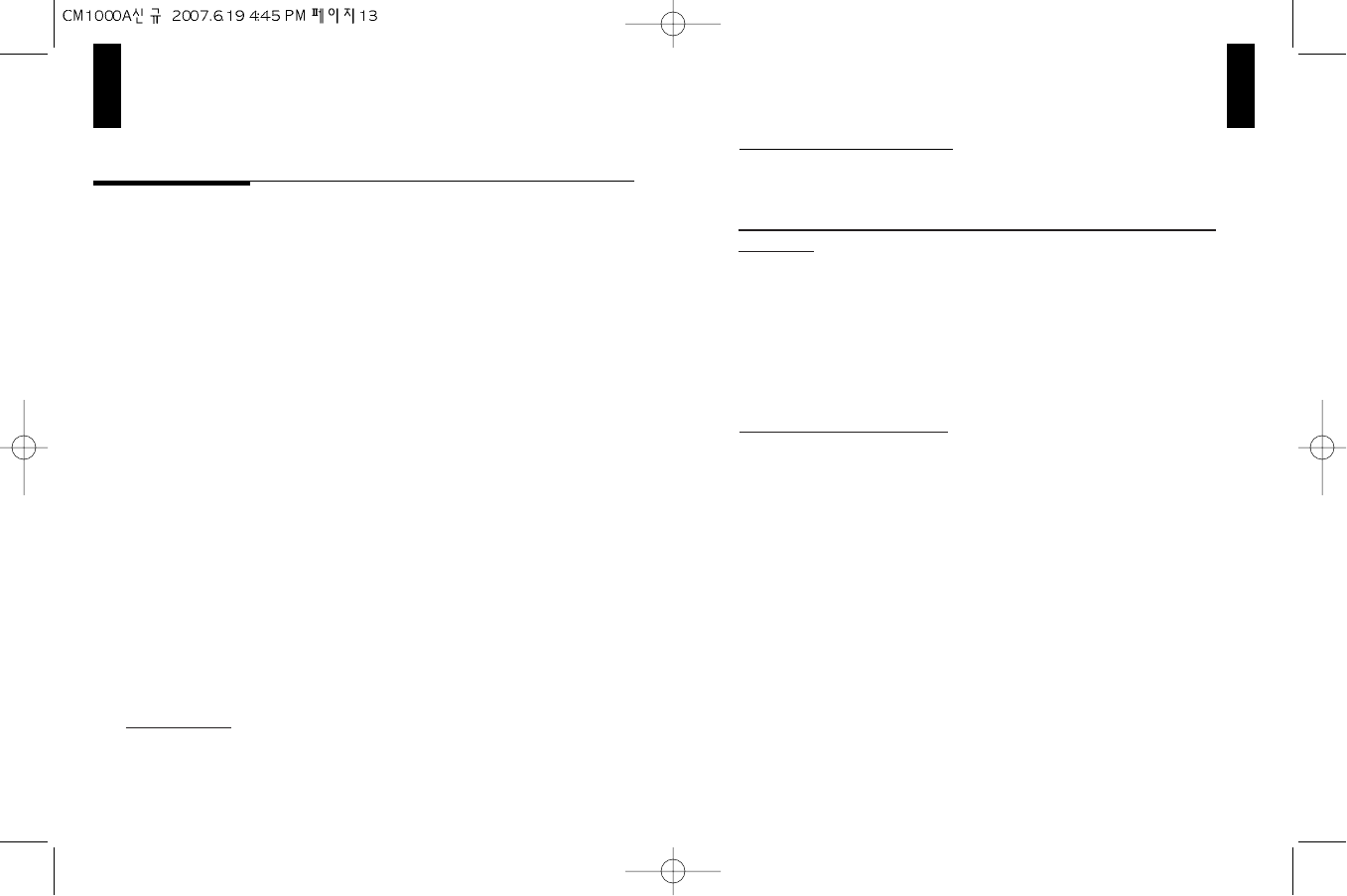
12
Installation Tips and Recommendations
11
b. Connecting and insulating wires
.
Solder all connections.
.
Insulate all wires with shrink tube or electrical tape.
c. Make sure that vibration or heat will not damage or otherwise alter your
installation.
.
Use zip-ties, tape or other securing devices to ensure that your wires and
components stay where you put them.
.
Do not route wires or mount components near sources of extreme heat
such as exhaust manifolds.
.
Do not route wires or mount components near moving parts of the
engine or vehicle.
d. User familiarity with operations.
.
The operations and features of the system should be explained
thoroughly to the customer to prevent frustration due to the inability to
operate all functions.
1. Precautions to prevent locking yourself out
Lower the window in one or more doors before beginning installation. This
allows you to reach inside the vehicle in case you accidentally lock the keys
inside the vehicle during the course of installation. Remotes are not
programmed to the system so you will have to program them before operating
the system. See page 5 for details.
2. Use a digital multi-meter for testing circuits
Use a digital multi-meter for all wire testing in the vehicle. This should be done
on all wires even if you feel that you know exactly what they are and how they
should test. Use of a test light draws a considerable amount of current and may
damage the electrical circuit you are testing.
3.Find a good ground
One of the most important wire connections you will make is the connection to
ground. Please find a location that has a low resistance path to the ground
terminal of the battery. A poor ground will result in all kinds of future problems
in operation.
4.Make surethe installation is not, or will not,
be a driving hazard
During the installation process, try to foresee any potential hindrances,
distractions, or problems for the driver.
a. Driving hazards
.
There should be no wiring around any of the pedals.
5. Vehicle check-in and check-out.
Doing a vehicle check-in prior to installation will help identify safety
hazards that are currently present in the vehicle.
A vehicle check-in can be used to identify any present damage to the
vehicle that may be blamed on the shop or installer when the vehicle
is picked up or even at a later date.
Damage could include vehicle systems that are malfunctioning or even
not functioning at all, as well as scratches and dents.
A vehicle check-out can be used to make sure the vehicle is functioning
as well as it did when it was checked in, as well as be used as a time to
educate the customer about the various features and functions of their
new system.



